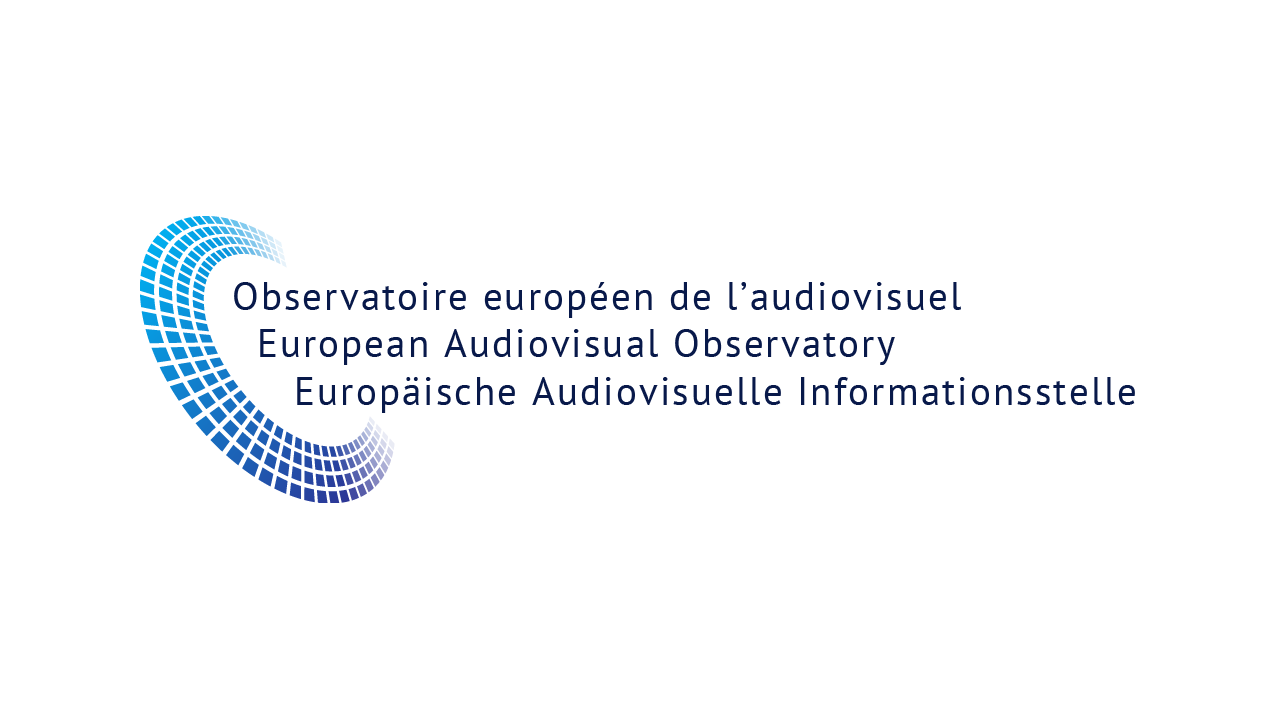Report. Audiovisual Media Services Directive in non-EU countries

The European Audiovisual Observatory publishes a new in-depth report on the application of the Audiovisual Media Services Directive in non-EU countries. This study has been co-financed by the European Commission.
How has the AVMSD been transposed in non-EU countries with a view to participating in Creative Europe's MEDIA Programme?
A number of non-EU countries already apply many of the provisions of the AVMS Directive in their national legislation, either by virtue of their EU candidate status or in order to benefit from funding from the MEDIA strand of the European Commission's Creative Europe programme.
Over the past two years, there have been a number of legislative developments in the media sector in these countries. So what's the state of play?
This new mapping report - The application of the AVMS Directive in selected non-EU countries - by the European Audiovisual Observatory examines the correspondence between the legal framework of eleven non-EU countries (Albania, Armenia, Bosnia and Herzegovina, Georgia, Kosovo*, Moldova, Montenegro, North Macedonia, Serbia, Tunisia and Ukraine) with the AVMS Directive in view of participating in the Creative Europe programme which funds European audiovisual activities. (*All references to Kosovo, whether the territory, institutions or population, in this text shall be understood in full compliance with United Nation's Security Council Resolution 1244 and without prejudice to the status of Kosovo)
Following the executive summary and a description of the methodology undertaken, chapter three provides comparative analysis of the various legal systems in the eleven countries with regards to the AVMS Directive. The various measures introduced in order to comply with the AVMS Directive are compared side by side in comparative tables. The areas analysed in this chapter include:
🔹 Definitions of key concepts
🔹 Jurisdiction, and the principle of freedom of reception and re-transmission
🔹 Non-discrimination, prohibition of incitement to hatred, and incitement to violence
🔹 Provisions to fight against illegal content such as child pornography, racism, xenophobia, and incitement to terrorism
🔹 The protection of freedom of expression and the freedom of the media
🔹 The independence of national regulatory authorities
🔹 The protection of minors
🔹 The promotion of the rights of people with disabilities to access audiovisual content
🔹 Transparency of media ownership
🔹 The promotion of European works
🔹 Rules on audiovisual commercial communications
🔹 Provisions and obligations applicable to video-sharing platforms
Having compared the national approaches of these eleven countries, the report then offers individual country chapters which zoom in even more closely on the above areas for each country and examine the degree of convergence with the main principles and obligations set in the AVMS Directive.
All in all an extremely useful mapping of the correspondence between the legal framework of eleven non-EU countries with the AVMS Directive for the purpose of their participation in the MEDIA strand of the European Commission’s Creative Europe.
Click on the following link to read a summary of the directive: https://eur-lex.europa.eu/ES/legal-content/summary/audiovisual-media-services-directive-avmsd.html
Click on the following link to download it: https://eur-lex.europa.eu/legal-content/EN/ALL/?uri=CELEX%3A32010L0013
Click on "See more" to read the full report.




